
Japanese tourists in Taiwan on the colonial history trail in Taipei, Tainan and Hualien
- Occupied by Japan for 50 years, the Chinese island has some of the best remaining examples of post-Meiji Restoration Japanese design
- Ruined shrines, mines and POW camps show the dark side of the colonial period, which ended with Japan’s defeat in the second world war
The ruins of the Ogon Shinto shrine are high on the steep slopes above the residence built for Japanese Crown Prince Hirohito. Close by, the tatami mat floors and the architecture of the Jinguashi gold mine managers’ quarters betray their Japanese heritage.
“I think it is interesting to see these sites from Japan’s history,” says Japanese tourist Kenji Matsue, a history student from Nagasaki, standing next to one of the two remaining stone torii – gates that mark the entrance to Shinto shrines. “I have been to China, I’ve been to see the [Thai-Burma] railway in Thailand [built by POWs in the second world war], and now here, to see this.”
Tainan - a Chinese city that celebrates its Japanese colonial past
In 2017, Taiwan welcomed almost 2 million Japanese visitors, making the country the second biggest source of visitors to the island after China. Japanese tourists are drawn by Taiwan’s natural beauty and culinary richness, and by the architectural and cultural legacy of Japanese colonial rule of the island between 1895 and 1945.
For 50 years, Taiwan was a dependency of imperial Japan, and during that time some 70 Shinto shrines were built across the island. Few have survived. At the Ogon shrine, built in 1933 by the Nippon Mining Company, the pillars of the main hall are pretty much all that remains. Like an ancient Greek ruin, they are a reminder of a time when Taiwan’s rich gold, copper and coal deposits were a source of important commodities to be shipped back to Japan to help fuel its expansion across East Asia.
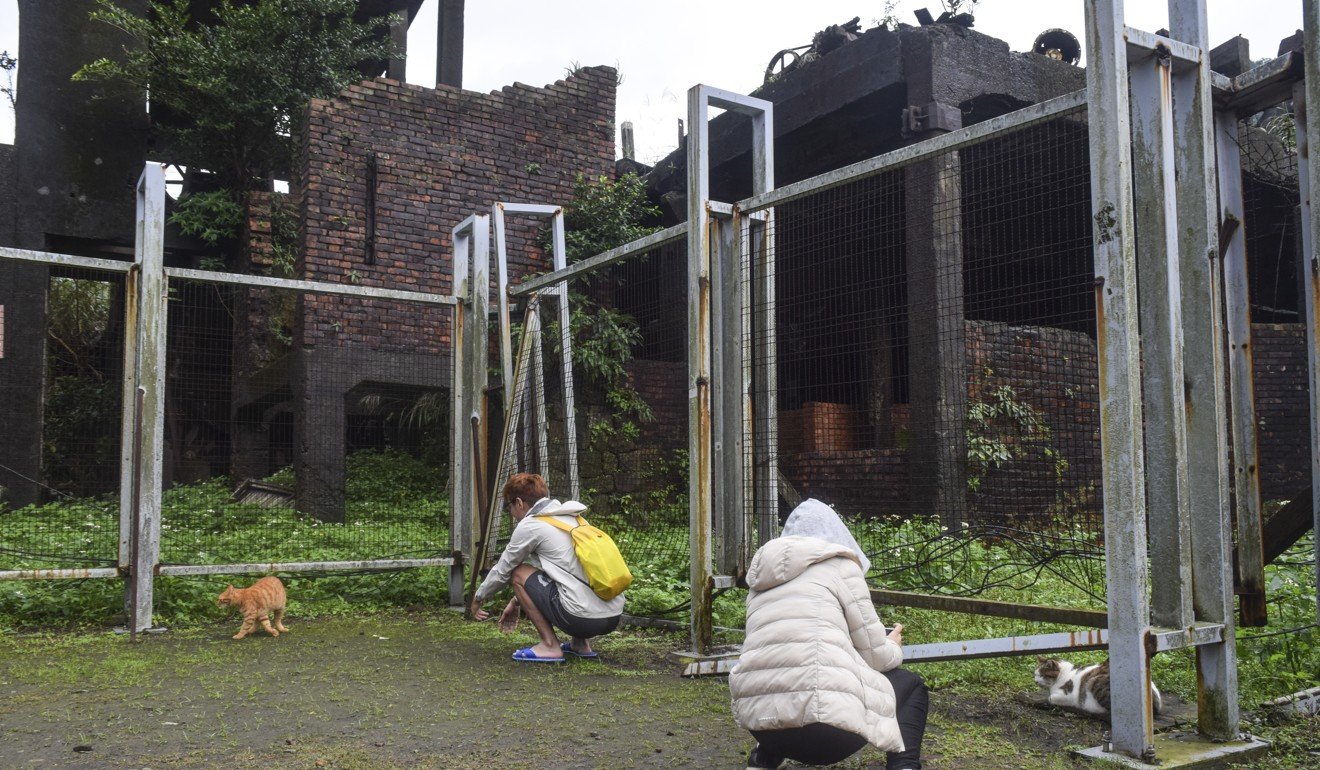
“To see the mining infrastructure, this temple, the railways, it means we did some good here. But I have read about the bad things as well, and it makes me sad to learn the other side of Japanese rule,” Matsue says.
The Japanese faced armed resistance in Taiwan throughout their period of control, and thousands died on both sides. During the second world war, the Japanese imperial army used Allied and local prisoners of war as labour in the mines dotting northern Taiwan to support the war effort.
One POW camp, Kinkaseki, was within sight of Hirohito’s residence in Jinguashi. Reached down narrow steps and quiet streets that have made Jinguashi a tourist hotspot, a solitary gatepost is all that remains of the camp buildings, the engraved names of the dead a reminder of the past.
Yet most of the colonial buildings left behind following the Japanese surrender in 1945 have survived, and are among the best remaining examples of post-Meiji Restoration Japanese design from an era when Japan borrowed from Europe and America as it emerged from centuries of isolation.
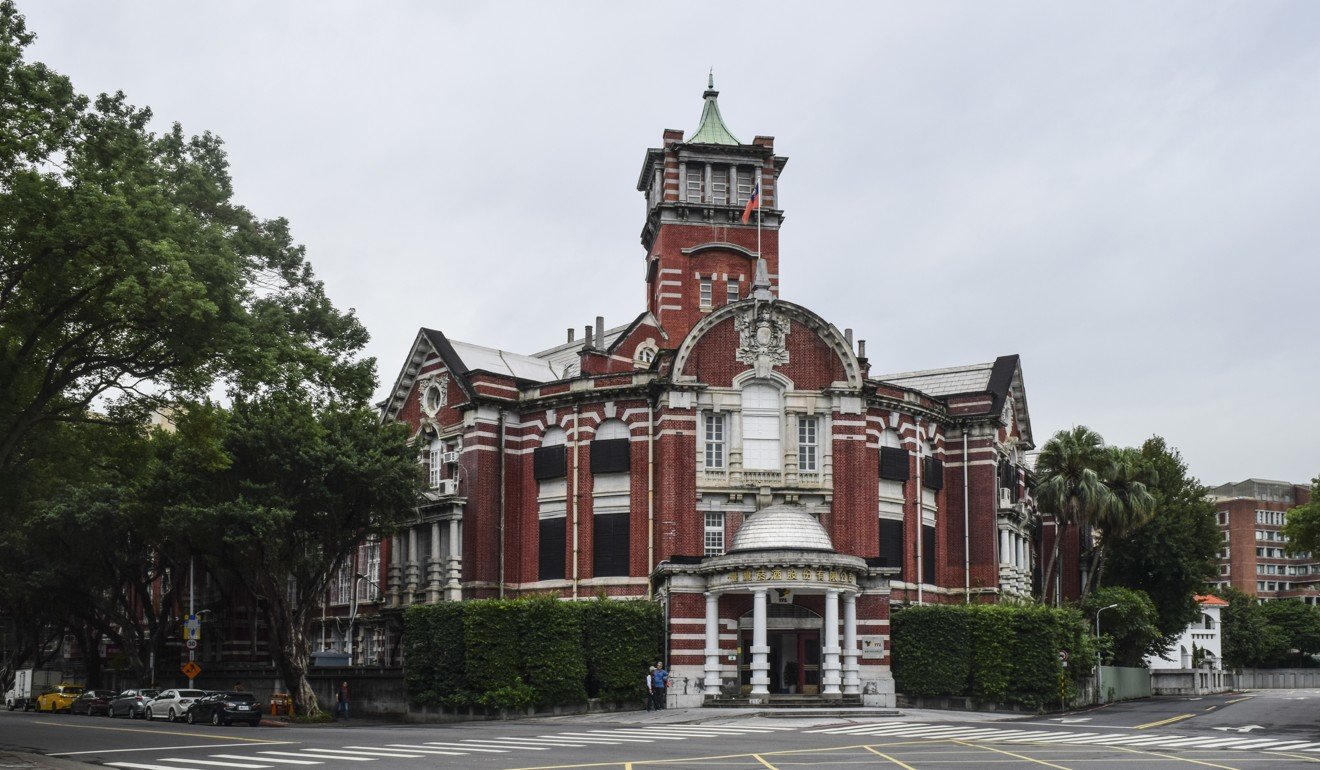
Built of brick and concrete, often on the sites of Taiwanese religious and government buildings, they were meant to impress upon the Taiwanese the wealth and strength of Japan and the permanence of Japanese control – much like British colonial buildings in India or Soviet structures across the former USSR.
Spared destruction during the war, unlike cities such as Tokyo and Hiroshima, Taiwan’s historic Japanese buildings are now being reused, reimagined and repurposed; alongside them are more modern representations of Japan – the ever-present 7-Eleven and Family Mart convenience stores, and fast food chain restaurants Yoshinoya and Mos Burger.
To the east of the capital, Taipei, an art space was unveiled in 2011 in the converted offices and warehouses of the former Matsuyama Tobacco plant. The Songshan Cultural and Creative Park houses avant-garde art, artists’ studios and event spaces.
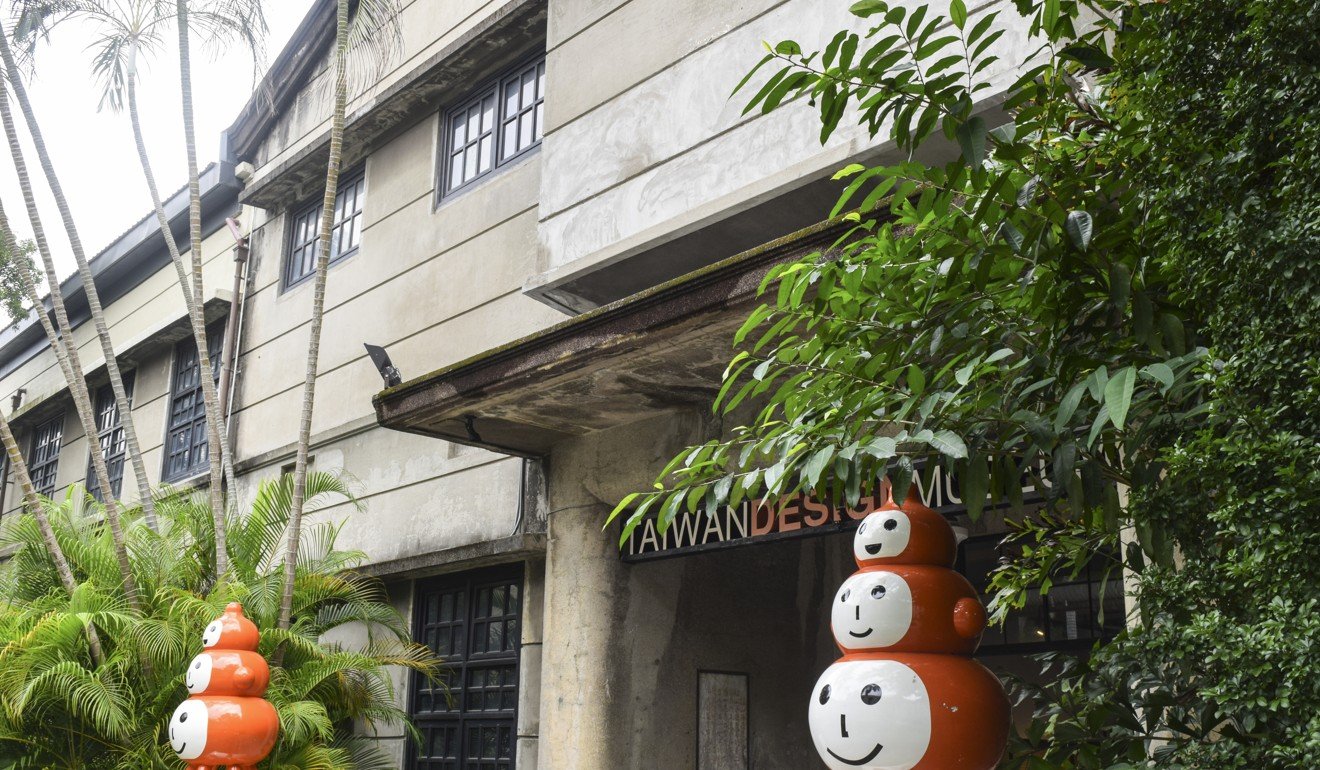

A visit to the area surrounding the Chiang Kai Shek memorial in central Taipei, itself an example of the post-Japanese redesign of the city, shows how thoroughly the colonial Japanese stamped their mark on the city.
The red-brick building of the Taipei Municipal Jianguo High School clearly displays its age and importance. Built in 1909 to educate the sons of Japanese civil servants, it was the first high school in Taiwan, and the school has retained its exclusive status; Nobel Prize winners and the current mayor of New Taipei City are among its alumni.
The island’s rail and road network is another legacy of Japanese colonial rule.
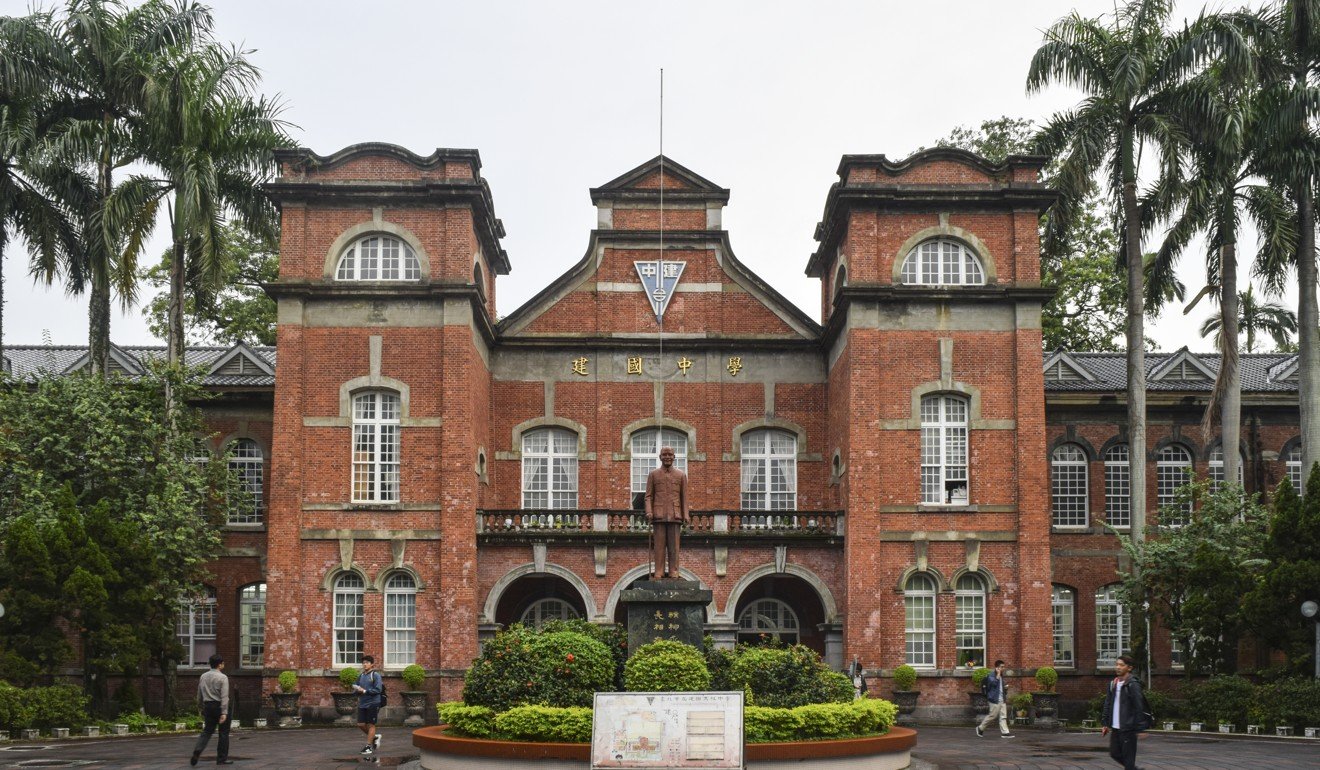
The narrow-gauge railways that once transported timber logged in Taiwan’s mountainous central highlands now ferry tourists. The most famous today is the 86km-long Alishan Forest Railway, opened in 1912. It carries visitors up to Alishan, home to the Tsou indigenous group and a centre for hiking – it is the starting point for ascents of Taiwan’s tallest mountain, Yushan.
Six railway lines built by Meiji Sugar to take sugar cane from the fields to sugar factories on the southwest coast are equally popular with tourists.
In the southern city of Tainan, the Hayashi Department store, the tallest building there when it was built in 1932, was restored in 2015 to its pre-war splendour. The city, the oldest in Taiwan and home to some of the island’s most popular Chinese temples, contains numerous architectural reminders of the Japanese period.
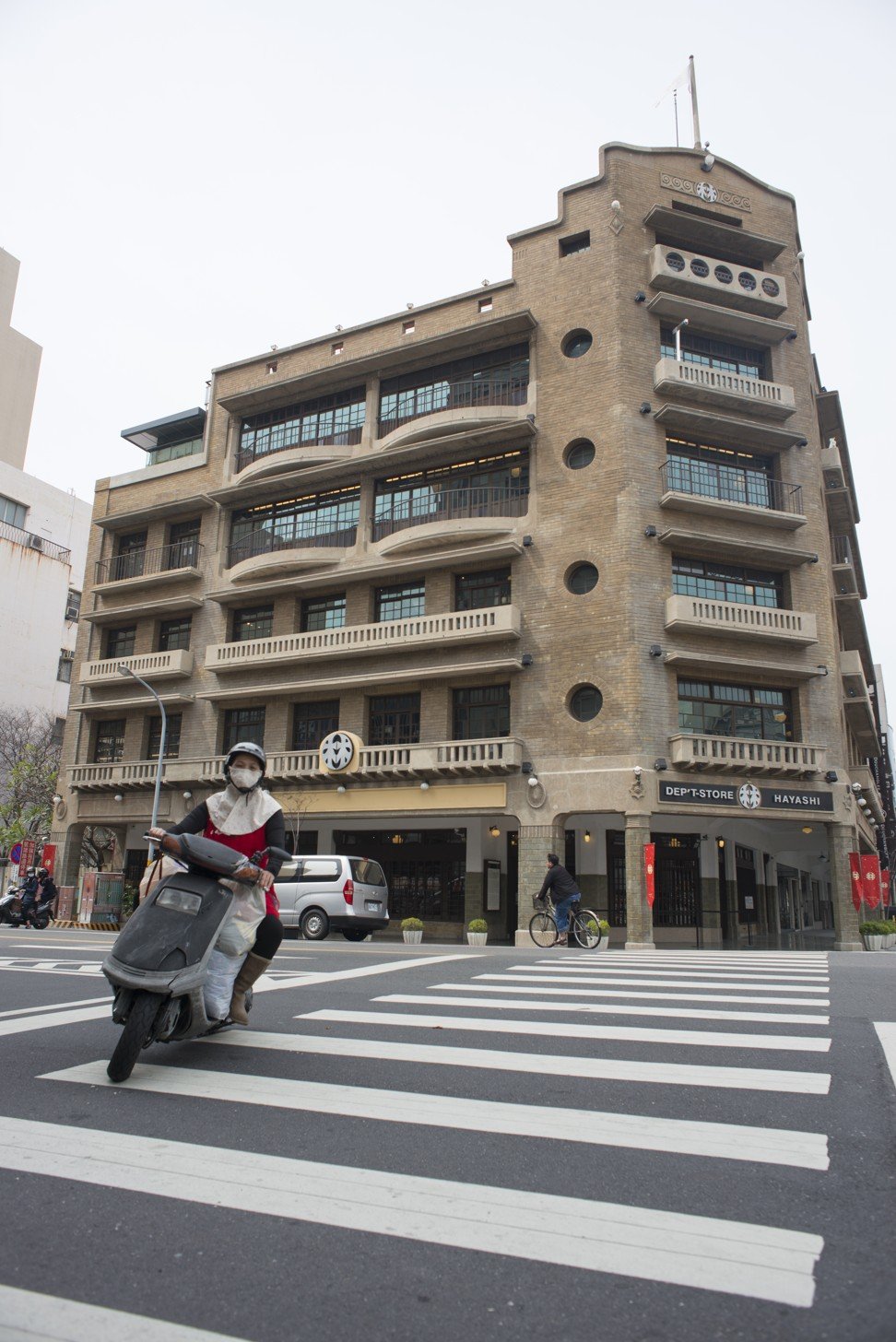
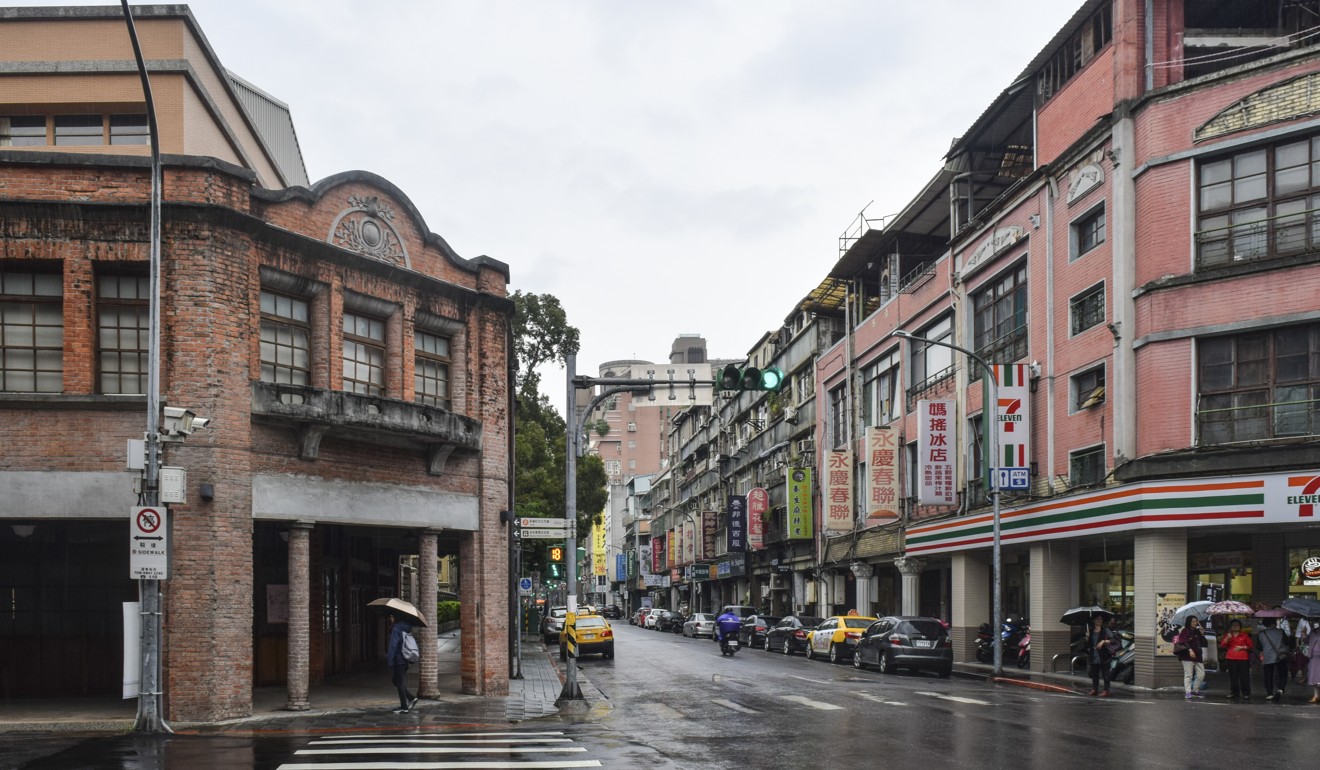
The 1928 Land Bank building, opposite the Hayashi Department store, features Doric columns and neoclassical flourishes that were popular in Europe and the United States at the time, and were used by Japanese architects across Japan and in colonial Korea, Manchuria and Taiwan.
On the other side of the island is a different Japanese legacy. Hualien’s Pine Garden, on a small hill overlooking the town near Taiwan’s top tourist draw, the Taroko Gorge, houses the tall pine trees that have given it its name; it sits on the site of a Japanese naval command centre that served as a launching point for kamikaze pilots in the final days of the second world war. A modest, ivy-clad, two-storey building has been turned into a small museum and art space, with the obligatory gift shop selling souvenirs. It includes a selection of Japanese-language books on Taiwanese history.
Japanese was the language of the colonial system and was once a compulsory school subject in Taiwan. This has had a lasting impact on the language used in Taiwan today, a sometimes confusing mix of Mandarin, Taiwanese Hokkien, Hakka, and indigenous languages – and a number of Japanese words and phrases. “Obasan” and “ojisan”, meaning aunt and uncle, and “sensei” for doctor, are common.

The few elderly Taiwanese who remember their school-taught Japanese speak a form of the language largely unused in Japan today, says Japanese university administrator Yoshiko Obayashi, recalling a conservation with two elderly Taiwanese women during a recent visit to Taiwan.
“We had just a short conversation, but her Japanese had a beauty and politeness that we do not hear in modern Japanese, and it was bitterly impressive to hear,” Obayashi says.
Her grandfather had been a civil servant in Taiwan during the second world war, and her aunts had positive memories of their Taiwanese friends and the experiences they had on the island.

“I regret that I did not have a chance to listen to my grandfather's stories about Taiwan more before he died. I have no idea where to look to try and retrace his history on the island,” she says.
Four places to explore Taiwan's Japanese past, and present
Taipei
Japan’s colonial bureaucracy was headquartered in Taiwan’s capital, and the city has some impressive examples of early 1900s Japanese architecture, as well as ultra-modern art spaces in reclaimed Japanese industrial buildings.
Getting there: there are more than 35 daily flights between Hong Kong and Taipei. Once in Taipei, a metro travel card is the easiest way to make use of the extensive metro and bus system.
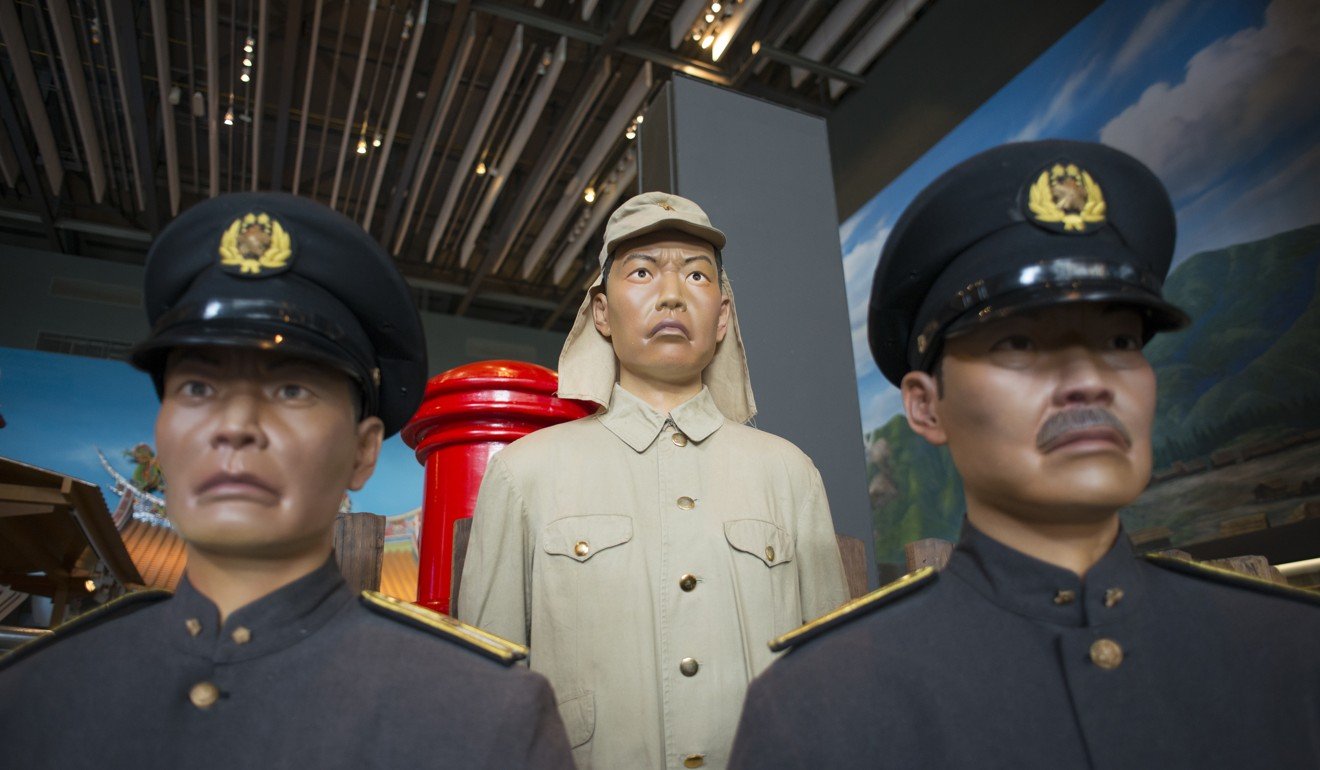
Tainan
Centuries-old temples and provincial charm in Taiwan’s oldest city vie for attention with renovated Japanese department stores and banks.
Getting there: the fastest way to Tainan from Taipei is by high-speed train, which does the journey down the west coast of the island in two hours. Cheaper (and slower) normal trains and buses are also available.
Alternatively, there is one direct flight a day between Hong Kong and Tainan with China Airlines.
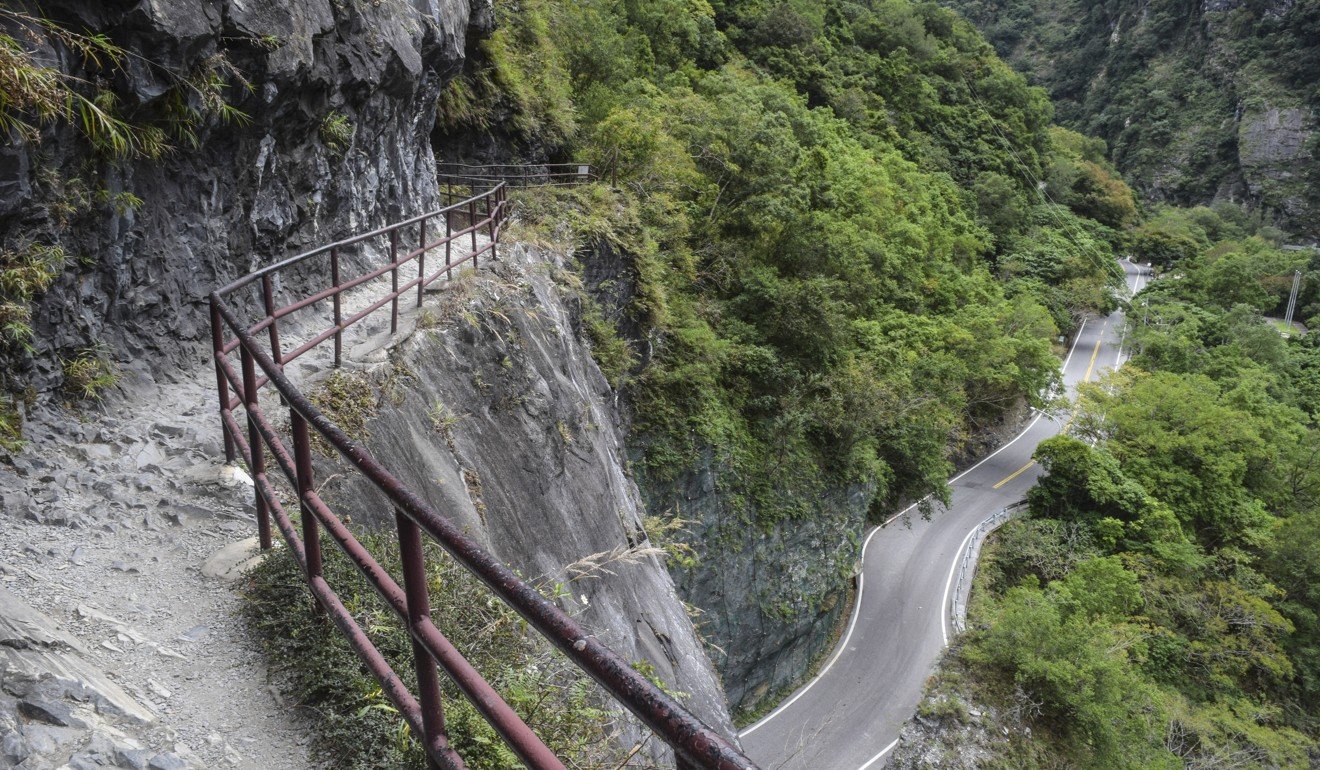
Hualien
Taiwan’s role as a base for the Japanese military in the second world war, including kamikaze units, is on show in the gateway city to the Taroko Gorge.
Getting there: fast trains from Taipei take three hours, and offer stunning views of the Pacific Ocean and the island’s surprisingly mountainous interior.
There are more than 30 direct daily flights between Hong Kong and Hualien.
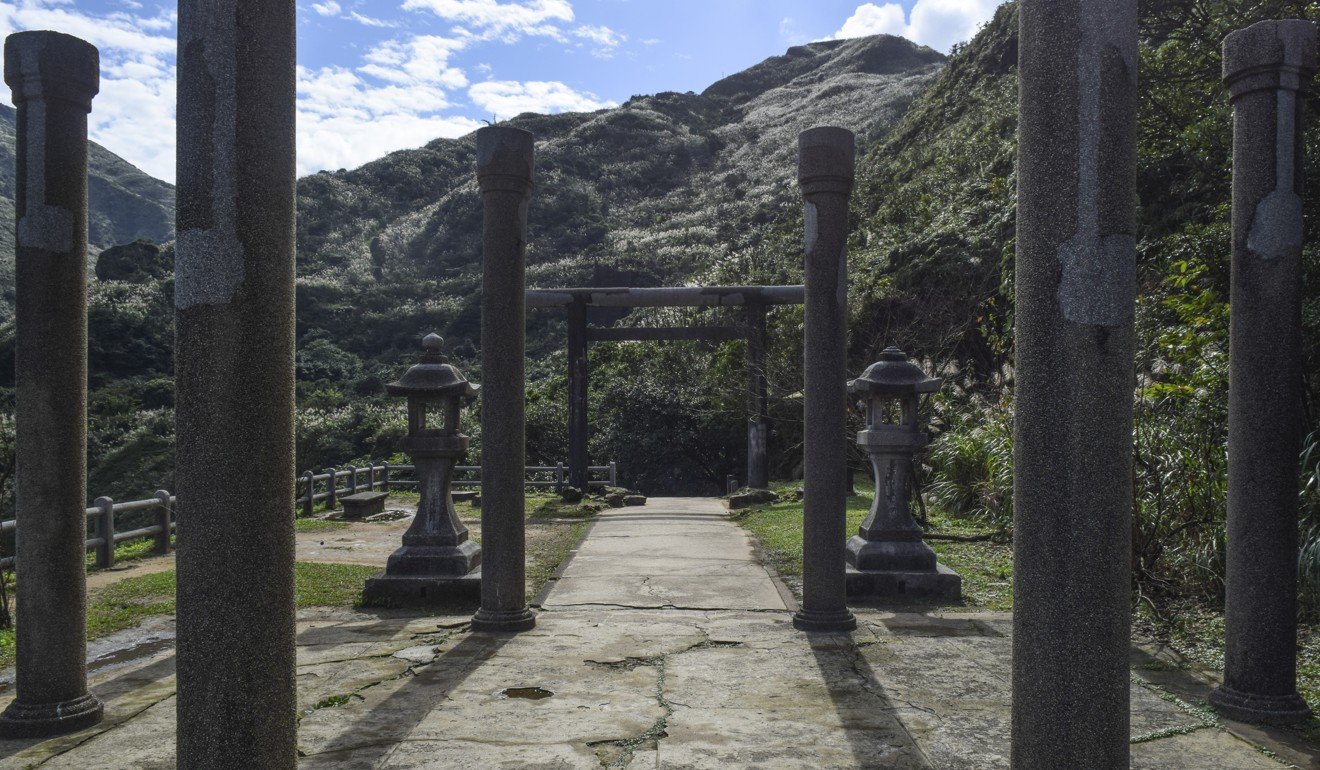
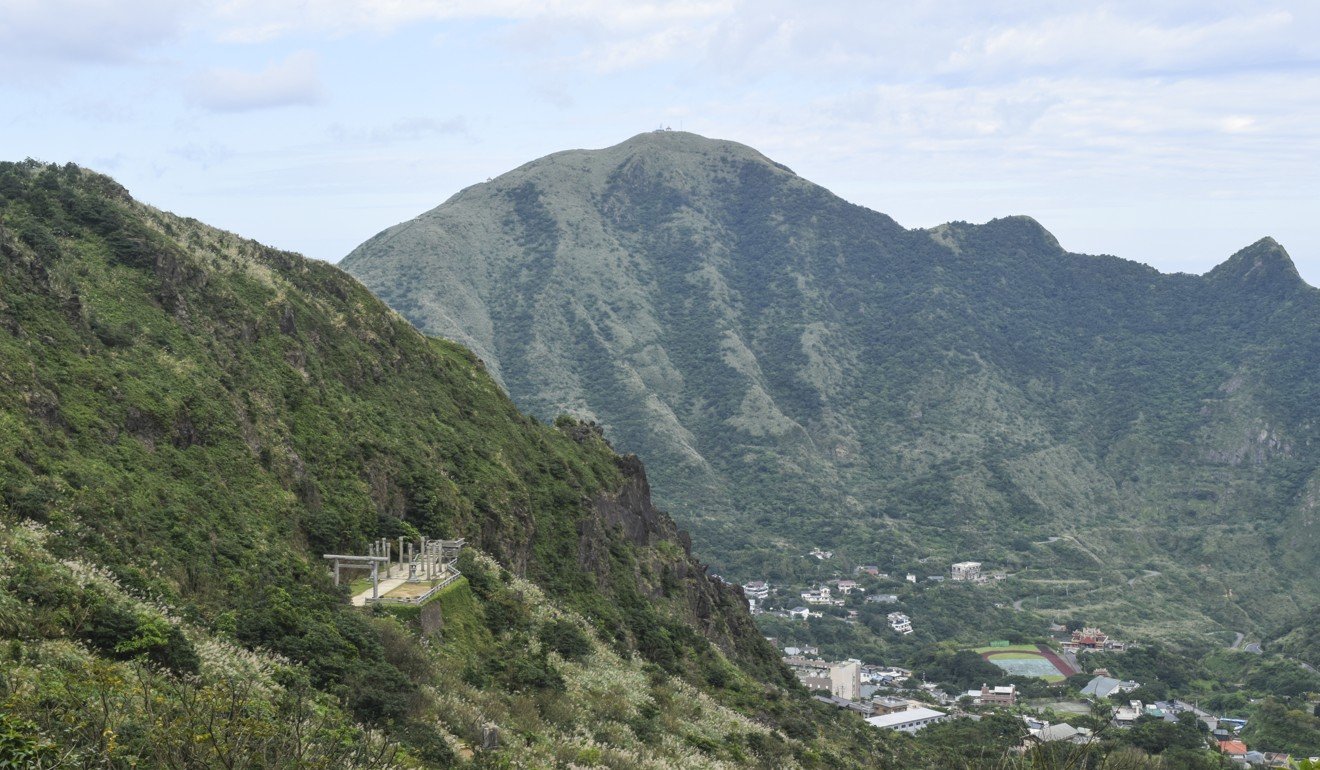
Jinguashi
A Japanese shrine, a former royal residence and former gold mines that underscore the town’s economic importance to the Japanese can be viewed.
Getting there: Buses between Zhongxiao Fuxing MRT station in Taipei and Jinguashi are frequent; the journey can take two hours. Alternatively, take the train to Ruifang, then a bus from near the station for the 20-minute ride to Jinguashi.

